
Art of Narrative Maurice Lalau The Romance of Tristram and Iseult
Tristram and Iseult Appears In Sir Thomas Malory 's Le Morte d'Arthur, the Prose Tristan Lineage Son of Blancheflor (Tristan) and daughter of Queen Isolde of Ireland (Isolde) Character Overview The legend of Tristan and Isolde is the tragic tale of two lovers fated to share a forbidden but undying love.
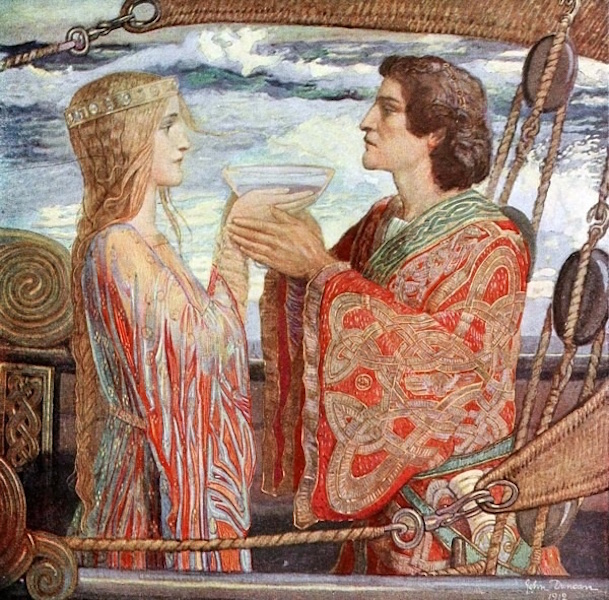
Tristan et Iseult, de l'éternelle histoire d'amour à l'épopée éditoriale
Fiction | Novel | YA | Published in 1971 Plot Summary Rosemary Sutcliff's children's novel, Tristan and Iseult (1971), retells the story of the twelfth-century romance in a manner suitable for young readers. Tristan and Iseult received the Boston-Globe Horn Book Award in 1972 and was a runner up for the Carnegie Medal.

Art of Narrative Maurice Lalau The Romance of Tristram and Iseult
Isolde also called: Iseult, Isolt, or Yseult On the Web: University of Pittsburgh - Tristan and Isolde (Dec. 15, 2023) Tristan and Isolde, illustration by N.C. Wyeth in The Boy's King Arthur, 1917. Tristan and Isolde, principal characters of a famous medieval love-romance, based on a Celtic legend (itself based on an actual Pictish king).
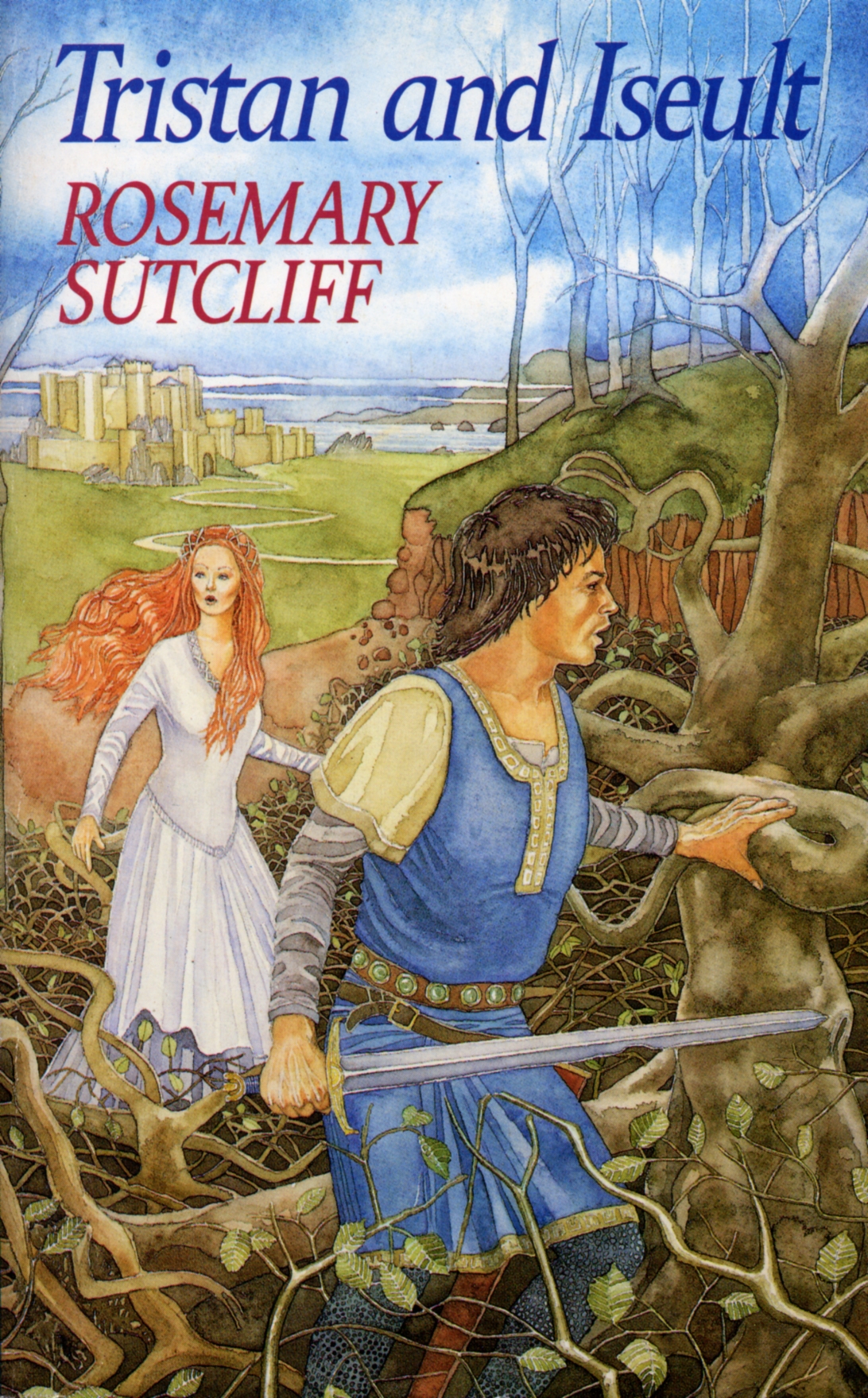
Tristan And Iseult by Rosemary Sutcliff Penguin Books Australia
Iseult married King Mark but still she loved Tristan; they often met in the garden. One evening, King Mark decided to go to this garden and found out that they two are really in love. However Tristan and Iseult were aware of Mark's presence and started to talk about their innocence and deny their love. One night King found Tristan's blood.
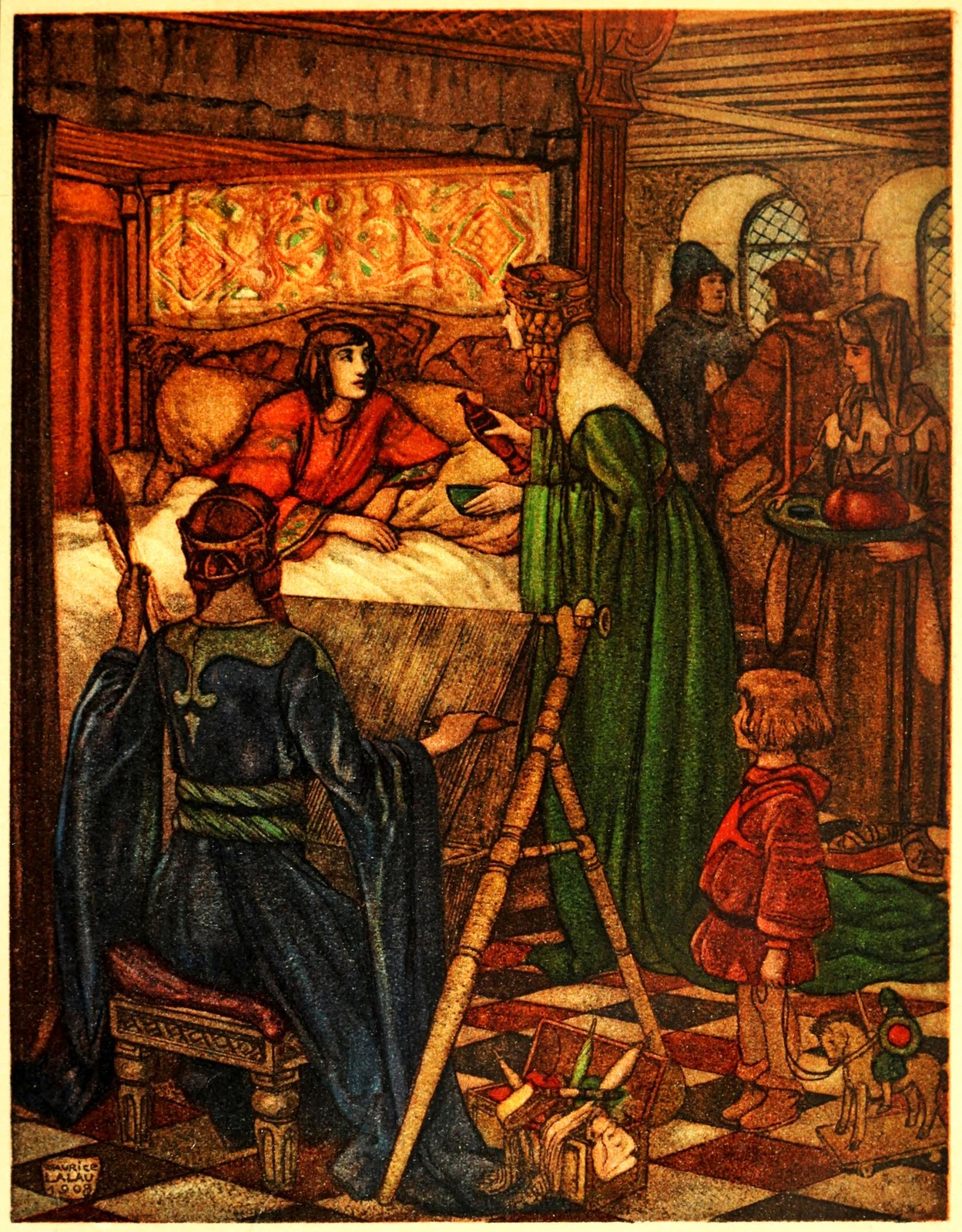
Art of Narrative Maurice Lalau The Romance of Tristram and Iseult
Summary. THE STORY OF TRISTAN AND ISEULT seems to have been told for the first time in a single poem which no longer survives, written around the middle of the twelfth century. We know a little about it from the surviving fragments of other poems about Tristan, all of which relate the main episodes of the story in the same way, although.
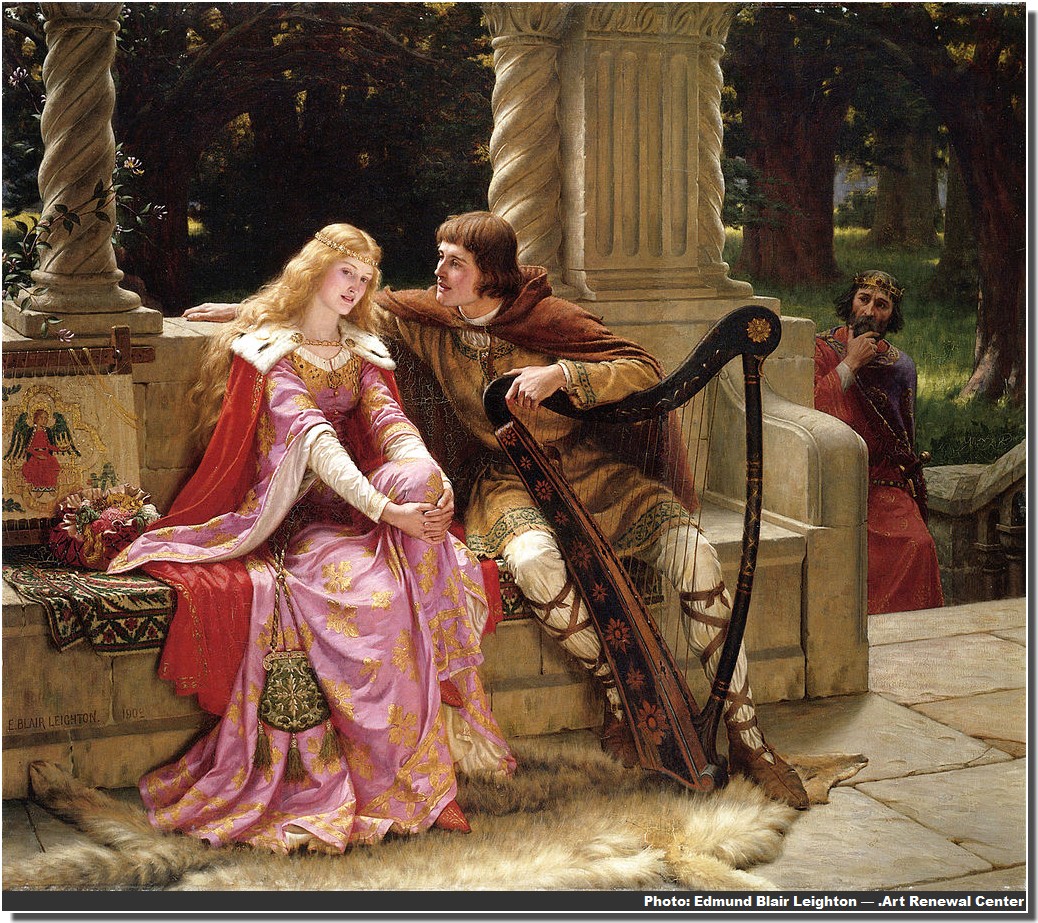
Tristan et Iseult, légende gallofrançaise, mythe celtique
The romance of Tristram and Iseult by Bédier, Joseph, 1864-1938; Simmonds, Florence; Lalau, Maurice. Publication date 1910 Topics Tristan (Legendary character), Iseult (Legendary character), Arthurian romances Publisher London : William Heinemann ; Philadelphia, PA : J.B. Lippincott Company
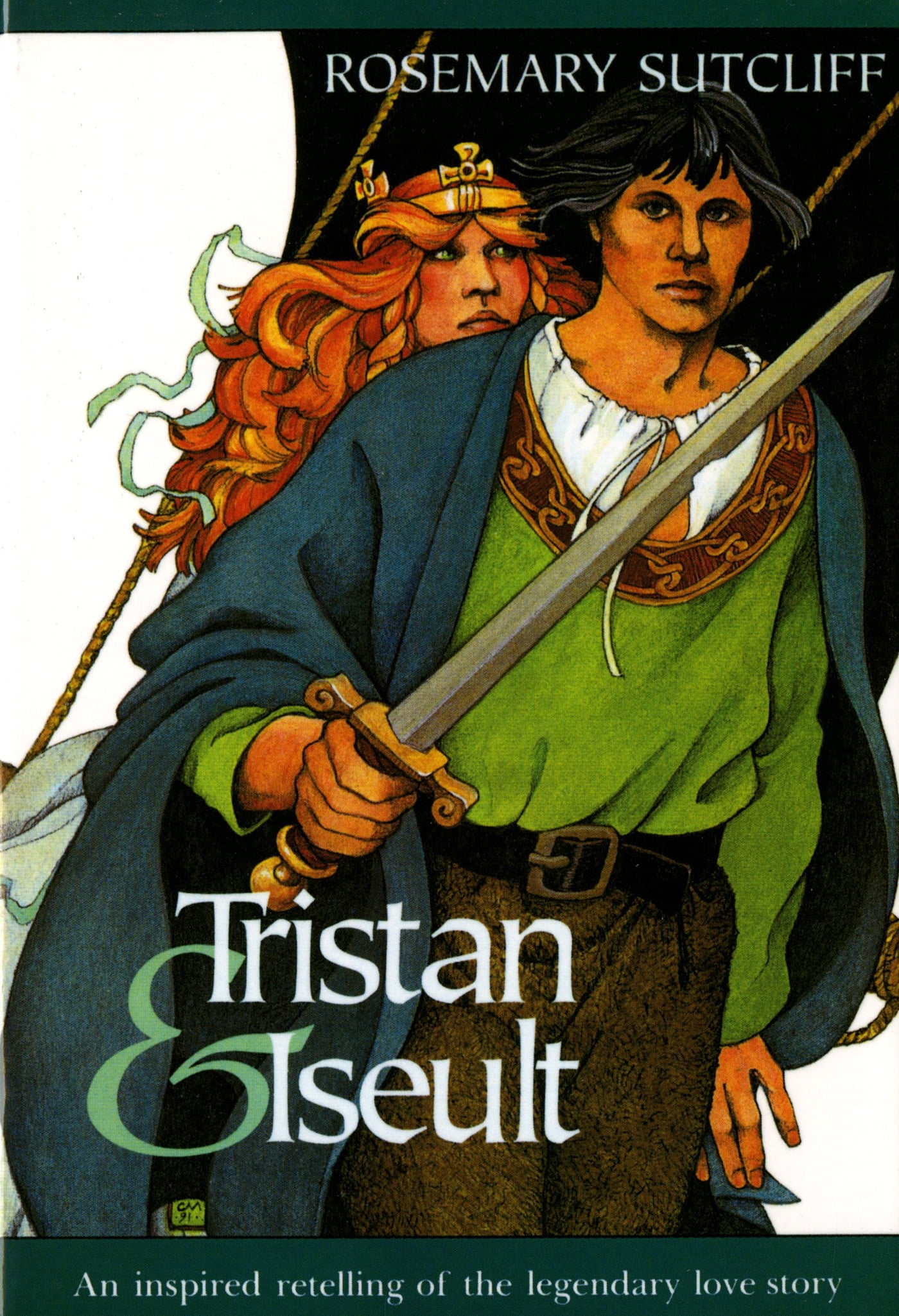
Tristan and Iseult An Inspired Retelling of the Legendary Love Story
The tragic story of the adulterous love between the Cornish knight Tristan (Tristram) and the Irish princess Iseult (Isolde, Yseut, etc.), the narrative predates and most likely influenced the Arthurian romance of Lancelot and Guinevere, and has had a substantial impact on Western art and literature since it first appeared in the twelfth century.

Babelcube Tristan and iseult
Tristram and Iseult: A Play in Five Acts - 1911 (Author) Bartlett, Gertrude (1876 - 1942) Ballade of Tristram's Last Harping - 1916 (Author) Binyon, Laurence (1869 - 1943) Tristram's End - 1922 (Author) Bridges, Sallie (1830 - 1910) The Love-Drink - 1864 (Author) Buchanan, R. Williams (1841 - 1901)

Tristan And Iseult Photograph by Prisma Archivo
Tristan ( Latin / Brythonic : Drustanus; Welsh: Trystan ), also known as Tristram, Tristyn or Tristain and similar names, is the hero of the legend of Tristan and Iseult. In the legend, he is tasked with escorting the Irish princess Iseult to wed Tristan's uncle, King Mark of Cornwall.

Art of Narrative Maurice Lalau The Romance of Tristram and Iseult
Tristan and Isolde, Lovers in a medieval romance based on Celtic legend. The hero Tristan goes to Ireland to ask the hand of the princess Isolde for his uncle, King Mark of Cornwall. On their return the two mistakenly drink a love potion prepared for the king and fall deeply in love.

Art of Narrative Maurice Lalau The Romance of Tristram and Iseult
Tristan and Iseult, also known as Tristan and Isolde and other names, is a medieval chivalric romance told in numerous variations since the 12th century. Based on a Celtic legend and possibly other sources, the tale is a tragedy about the illicit love between the Cornish knight Tristan and the Irish princess Iseult. It depicts Tristan's mission to escort Iseult from Ireland to marry his uncle.
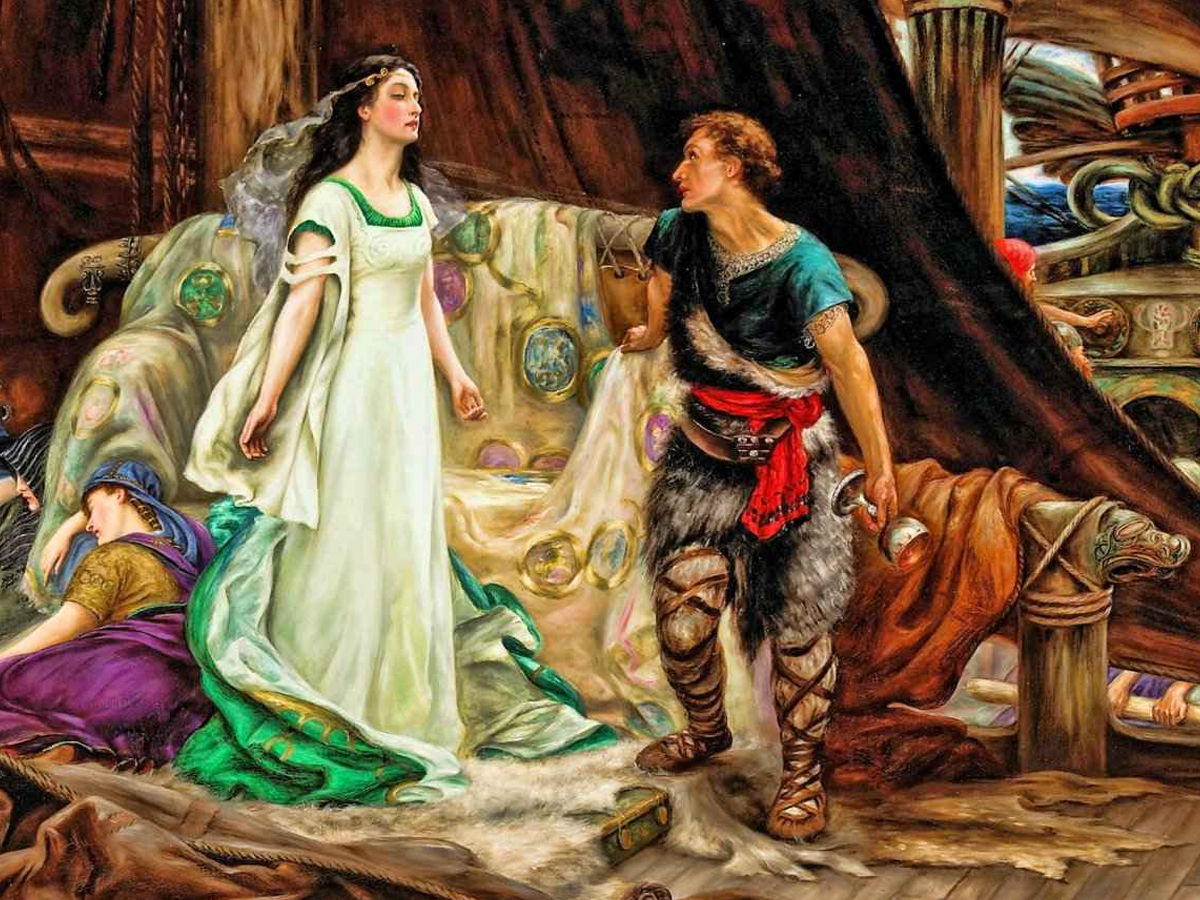
5 Love Stories
Probably the most famous legend to feature a love potion, the story of Tristan and Isolde (or Iseult, as her name is rendered in some versions of the myth) is one of the most celebrated Celtic legends along with the stories of King Arthur.

Painting is silent poetry. Tristan and Iseult
I. Tristram. TRISTRAM. Is she not come? The messenger was sure. Prop me upon the pillows once again. Raise me, my page! this cannot long endure. —Christ, what a night! how the sleet whips the pane! What lights will those out to the northward be? THE PAGE. The lanterns of the fishing-boats at sea. TRISTRAM.

Tristan and Iseult A Tragic But Perfect Romance HSMediaNerd Book, Anime, and Movie Reviews
Back. English 65B/165B: Arthurian Literature Week 10.1: Malory's Tristram de Lyonesse Introduction: I. As we have noted (Week 5.2), the medieval story of Tristan and Isolde (with their names variously spelled) was widespread in a variety of versions and vernaculars: French, Anglo-Norman, English, German, Scandinavian, Catalan, Spanish, Portuguese, and Italian.

Art of Narrative Maurice Lalau The Romance of Tristram and Iseult
Tristan, also called Tristram or Tristrem, and Isolde, also called Iseult, Isolt, or Yseult, are the principal characters of a famous medieval love-romance, based on a Celtic legend (itself based on an actual Pictish king). Although the archetypal poem from which all existing forms of the legend are derived has not been preserved, a comparison.

Tristan Et Yseult Film AUTOMASITES
Tristram and Iseult, published in 1852 by Matthew Arnold, is a narrative poem containing strong romantic and tragic themes. This poem draws upon the Tristan and Iseult legends which were popular with contemporary readers. Background